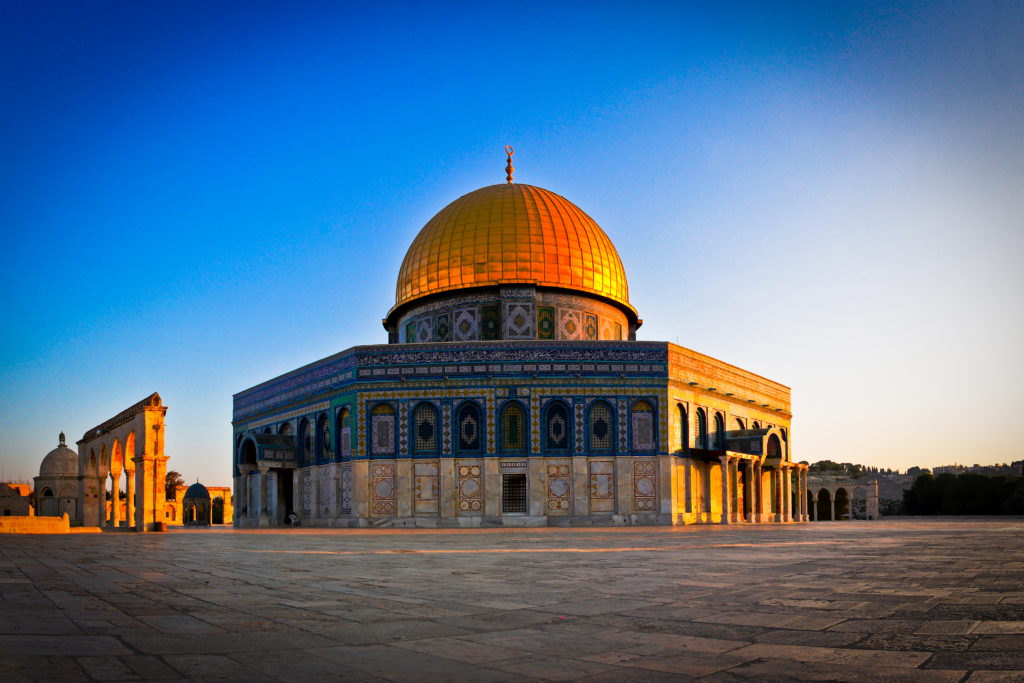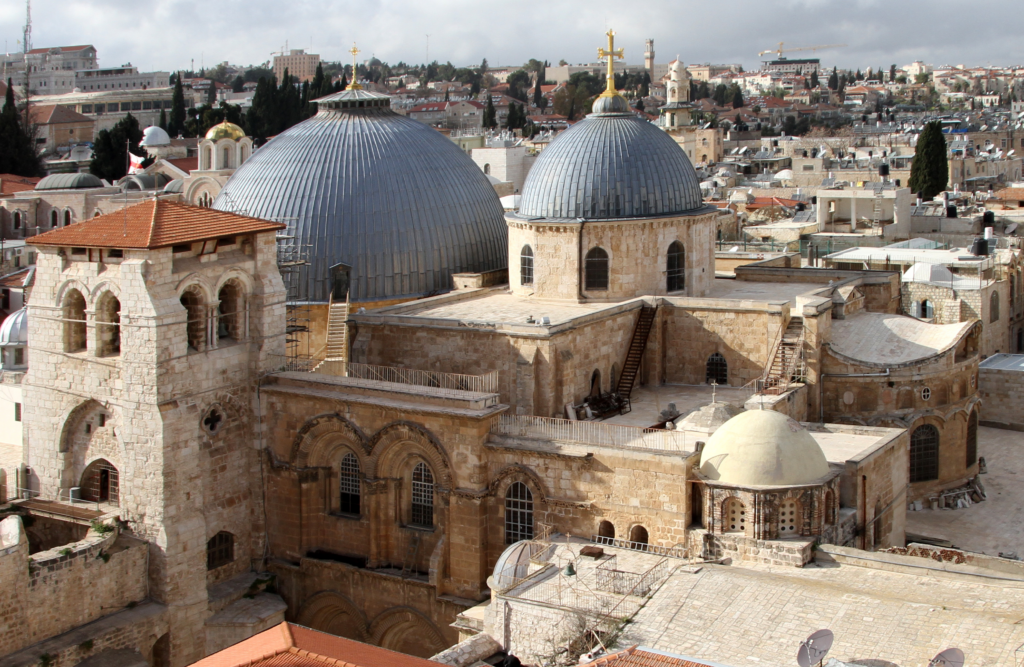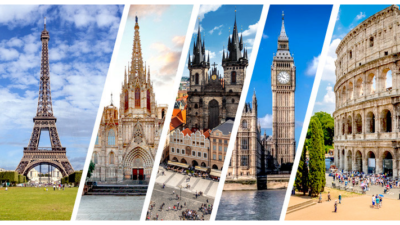Jerusalem travel is a journey through time, culture, and spirituality. This ancient city, revered by billions around the globe, boasts an array of attractions that draw visitors from all walks of life. Whether you’re a history buff, a religious pilgrim, or simply a curious traveler, exploring Jerusalem offers an unparalleled experience. In this article, we’ll uncover the top must-see attractions that will make your visit unforgettable, from sacred sites to vibrant markets, showcasing the beauty and complexity of this extraordinary city.
The Western Wall: A Symbol of Faith
The Western Wall, or Kotel, is perhaps the most iconic symbol of Jerusalem and a focal point for Jewish prayers. This ancient limestone wall is believed to be a remnant of the Second Temple, making it a site of immense historical and spiritual significance. Visitors can observe people from all over the world coming to pray, leave notes in the cracks of the wall, and reflect on their connection to faith and history. The atmosphere is both reverent and vibrant, showcasing the deep emotional ties that the site holds for many.

In addition to its spiritual importance, the Western Wall is surrounded by a rich tapestry of history. The adjacent Western Wall Plaza hosts various events, including Bar and Bat Mitzvahs, concerts, and public gatherings, making it a lively space where tradition meets modernity. Exploring the nearby Jewish Quarter allows visitors to delve deeper into the history of Jewish life in Jerusalem, offering a comprehensive understanding of the city’s multifaceted identity.
The Dome of the Rock: A Masterpiece of Islamic Architecture
The Dome of the Rock is another must-see attraction during your Jerusalem travel. This stunning shrine, adorned with intricate mosaics and a gleaming golden dome, is one of the oldest examples of Islamic architecture. It is built on the Temple Mount, a site sacred to Jews, Muslims, and Christians alike. The Dome of the Rock is not only an architectural marvel but also a symbol of faith for millions of Muslims around the world.

Visitors to the Dome of the Rock can marvel at its breathtaking beauty and learn about its historical significance through guided tours. Although non-Muslims are not permitted to enter the shrine itself, the surrounding area provides a picturesque view of the structure against the backdrop of the Old City. The contrast between the Dome of the Rock and the Western Wall highlights the rich interwoven tapestry of religious beliefs that coexist in Jerusalem.
The Church of the Holy Sepulchre: A Pilgrimage Site
The Church of the Holy Sepulchre is an essential stop for anyone interested in Jerusalem travel, especially for those following the Christian faith. This sacred site is believed to be the location of both the crucifixion and the tomb of Jesus Christ, making it one of the most visited churches in the world. Pilgrims and tourists alike flock here to walk the Via Dolorosa, retracing the steps of Jesus on his way to crucifixion.

Inside the church, visitors can explore various chapels and relics, including the Stone of Anointing, where Jesus is said to have been prepared for burial. The atmosphere inside is both solemn and reverent, filled with the sounds of prayers and hymns from different Christian denominations. The Church of the Holy Sepulchre serves as a powerful reminder of the religious significance that Jerusalem holds for so many and offers an opportunity for deep reflection and connection.
The Old City: A Tapestry of Cultures
No Jerusalem travel itinerary is complete without exploring the Old City, a UNESCO World Heritage site that encapsulates the essence of the city. Divided into four quarters—Jewish, Christian, Muslim, and Armenian—the Old City is a bustling hub of culture, history, and spirituality. As you wander its narrow, winding streets, you’ll encounter vibrant markets, historic sites, and diverse communities coexisting in harmony.
Each quarter showcases its unique character; the Jewish Quarter is home to significant historical sites, while the Muslim Quarter is renowned for its lively bazaars. The Christian Quarter offers a glimpse into the diverse Christian heritage with its numerous churches and sacred sites. Engaging with local vendors, sampling traditional foods, and absorbing the rich history of the Old City will undoubtedly enhance your Jerusalem travel experience.
The Mount of Olives: A Panoramic View of the City
The Mount of Olives is a must-visit for a panoramic view of Jerusalem. This historic ridge offers breathtaking vistas of the Old City and beyond, making it an ideal spot for photography and quiet reflection. The site is also significant in Christian tradition, as it is believed to be where Jesus prayed before his crucifixion. Visitors can explore various churches dotting the landscape, including the Church of All Nations and the Pater Noster Church, which commemorates the Lord’s Prayer.

In addition to its scenic beauty, the Mount of Olives is home to numerous ancient cemeteries, including the Jewish cemetery, which holds graves of prominent figures throughout history. Walking among these tombs provides insight into the profound respect for ancestry and memory that permeates Jerusalem’s culture. A visit to the Mount of Olives is not just about the view; it’s about experiencing the spiritual and historical richness that this iconic site embodies.
The Yad Vashem Holocaust Memorial: A Place of Remembrance
Yad Vashem, Israel’s official memorial to the victims of the Holocaust, is a poignant and educational attraction that should not be missed during your Jerusalem travel. This vast complex includes a museum, memorials, and a research center dedicated to the memory of the six million Jews who perished during the Holocaust. The design of the museum itself—dark, angular, and evocative—serves to immerse visitors in the somber history it presents.
The exhibits within Yad Vashem are meticulously curated, offering personal stories and artifacts that bring the history of the Holocaust to life. One of the most moving sections is the Children’s Memorial, dedicated to the 1.5 million Jewish children who lost their lives. Visitors often leave Yad Vashem with a deepened understanding of this tragic chapter in history, making it a vital stop for anyone wishing to grasp the complexities of Jewish identity and resilience.
The Mahane Yehuda Market: A Culinary Delight
For a taste of local culture, the Mahane Yehuda Market is the perfect destination. This bustling market is a sensory feast, offering a vibrant mix of colors, aromas, and flavors. From fresh produce and spices to local delicacies and street food, Mahane Yehuda is a culinary paradise that showcases the diversity of Israeli cuisine. It’s an excellent place to engage with locals, sample traditional dishes, and immerse yourself in the lively atmosphere.

As evening falls, the market transforms into a social hub where bars and restaurants spill into the streets, creating a festive ambiance. Live music, food stalls, and outdoor seating make Mahane Yehuda a fantastic spot for both dining and people-watching. Whether you’re looking to grab a quick bite or enjoy a leisurely meal, the market offers a delightful culinary experience that complements your Jerusalem travel.
Conclusion
In summary, Jerusalem travel is a journey filled with rich history, profound spirituality, and vibrant culture. From the iconic Western Wall and the Dome of the Rock to the poignant Yad Vashem Holocaust Memorial and the lively Mahane Yehuda Market, the city offers a multitude of attractions that cater to every interest. Each site tells a story, inviting visitors to connect with the past while experiencing the dynamic spirit of Jerusalem today. As you plan your visit, these must-see attractions will undoubtedly enrich your understanding and appreciation of this remarkable city.
FAQs
What is the best time to visit Jerusalem?
The best time to visit Jerusalem is during the spring (March to May) and fall (September to November) when the weather is mild and pleasant for outdoor exploration. Avoiding the peak summer heat and winter rains can enhance your experience.
Is Jerusalem safe for tourists?
Yes, Jerusalem is generally safe for tourists. Like any major city, it’s essential to stay aware of your surroundings and follow local guidelines. High tourist areas are typically well-policed and monitored.
Can I visit all religious sites in Jerusalem?
While many religious sites are open to tourists, access may vary depending on religious observances and local customs. It’s advisable to check in advance and respect the guidelines of each site.



